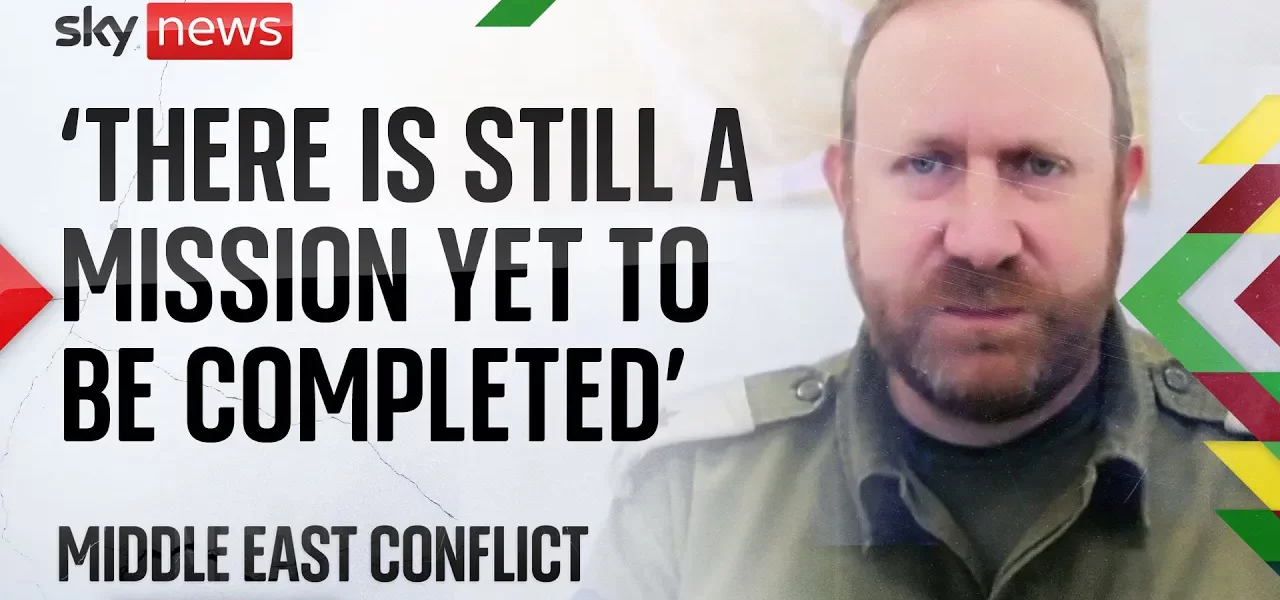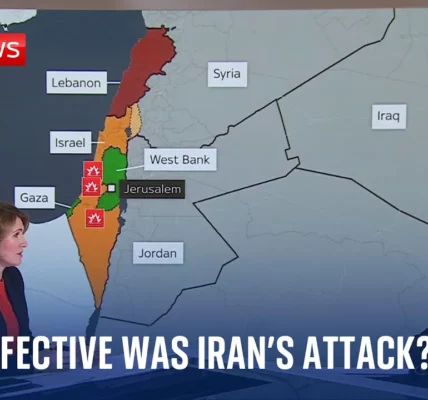Reflections on the Anniversary of the October 7th Attacks: An In-depth Analysis of Israel’s Military Response
Reflections on the Anniversary of the October 7th Attacks: An In-depth Analysis of Israel’s Military Response

This article delves into the complex and ongoing conflict between Israel and Hamas, reflecting on the events of October 7th and the subsequent military actions taken by the Israeli Defense Forces (IDF). We explore the humanitarian implications, the military strategies employed, and the challenges faced by both sides as they navigate the crisis.
Introduction
The first anniversary of the October 7th attacks marks a somber moment in the Israel-Palestine conflict. On this day, violence surged once again as rockets fired from Gaza struck central Israel, resulting in injuries and escalating tensions. As the Israeli military continues its operations against Hamas and Hezbollah, the humanitarian toll remains a pressing concern. This article examines the Israeli Defense Forces’ response to the attacks, the ongoing military strategies, and the dire humanitarian situation faced by civilians in the region.
Understanding the Context of the October 7th Attacks
The October 7th attacks were a pivotal moment in the ongoing conflict, drawing international attention and condemnation. The events leading up to this day involved a series of escalations between Israel and Hamas, culminating in a coordinated assault that caught the Israeli military off guard.
The Immediate Aftermath
In the wake of the attacks, the IDF launched a series of retaliatory strikes aimed at dismantling Hamas’s military infrastructure. These military operations were characterized by:
- Targeted airstrikes on known Hamas locations.
- Intelligence operations to locate and rescue hostages.
- Engagements with Hezbollah, which has historically supported Hamas.
The IDF’s Military Strategy Post-October 7th
Challenges in Conducting Operations
One of the primary challenges faced by the IDF is the embedded nature of Hamas and Hezbollah within civilian populations. This strategy complicates military operations, as distinguishing between combatants and non-combatants becomes increasingly difficult.
Casualties and Humanitarian Concerns
As reported, approximately 42,000 people have died in Gaza over the past year, a staggering number that includes both combatants and civilians. The IDF claims to have eliminated around 20,000 Hamas and Islamic Jihad operatives, but the civilian toll raises significant ethical and humanitarian questions.
Hostage Situations
With over 100 hostages still held by Hamas, the IDF’s strategic priorities include:
- Rescuing hostages while minimizing civilian casualties.
- Maintaining pressure on Hamas to weaken their operational capabilities.
- Engaging in diplomatic efforts to secure the release of hostages.
The Role of Hezbollah and Regional Dynamics
Hezbollah’s Involvement
Hezbollah’s participation in the conflict further complicates the situation. The group possesses significant military capabilities, including an estimated 200,000 rockets, which poses a direct threat to Israeli security. The IDF is currently focused on:
- Targeting Hezbollah’s command and control centers.
- Disrupting their supply lines and military infrastructure.
- Engaging in preemptive strikes to deter potential attacks.
Iran’s Influence
The Iranian government plays a crucial role in supporting both Hamas and Hezbollah, providing them with funding, weapons, and strategic guidance. The IDF recognizes that any military action must consider the broader implications of Iran’s involvement in the region, particularly in terms of:
- Countering Iranian influence across the Middle East.
- Preventing the proliferation of advanced military technology to non-state actors.
- Strengthening alliances with regional partners to combat shared threats.
Conclusion
The anniversary of the October 7th attacks serves as a stark reminder of the ongoing cycle of violence in the region. As the IDF continues its operations against Hamas and Hezbollah, the humanitarian implications of these actions remain profound. The need for a negotiated solution that addresses the underlying causes of the conflict is more urgent than ever. It is essential for both Israeli and Palestinian communities to seek a path toward lasting peace, recognizing the shared humanity that transcends political and military divides. For further reading on related topics, please explore our articles on the humanitarian crisis in Gaza and the impact of regional politics on the Israel-Palestine conflict.
“`




